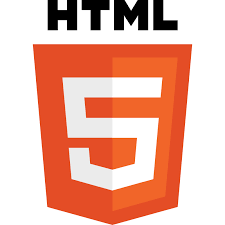HTML definition and details in simple language #html
 Manish Kumar Singh
Manish Kumar Singh
What Is HTML ?
HTML (Hypertext Markup Language) is the standard language used to create and design web pages. The <details> element in HTML is used to create a disclosure widget, which allows users to show or hide additional information. It's often used to create collapsible sections of content on a webpage. Here's how it works:
<!DOCTYPE html>
<html lang="en">
<head>
<meta charset="UTF-8">
<meta name="viewport" content="width=device-width, initial-scale=1.0">
<title>Details Example</title>
</head>
<body>
<!-- Example of using the <details> element -->
<details>
<summary>Click to expand</summary>
<p>This is the additional information that will be shown when the disclosure widget is expanded.</p>
</details>
</body>
</html>
What is tag?
In HTML, a "tag" refers to the markup element used to define the structure and content of a web page. Tags are enclosed in angle brackets < > and typically come in pairs: an opening tag and a closing tag. The opening tag contains the name of the element, while the closing tag has the same name preceded by a forward slash /.
For example:
<p>This is a paragraph.</p>
In this example:
<p> is the opening tag, which defines the beginning of a paragraph.
</p> is the closing tag, which defines the end of the paragraph.
Some HTML elements don't require closing tags, such as the <img> tag for embedding images or the <br> tag for line breaks. These are called "void" or "empty" elements.
what is element in html
An HTML element is a type of HTML document component, one of several types of HTML nodes. The first used version of HTML was written by Tim Berners-Lee in 1993 and there have since been many versions of HTML
Subscribe to my newsletter
Read articles from Manish Kumar Singh directly inside your inbox. Subscribe to the newsletter, and don't miss out.
Written by
